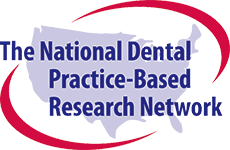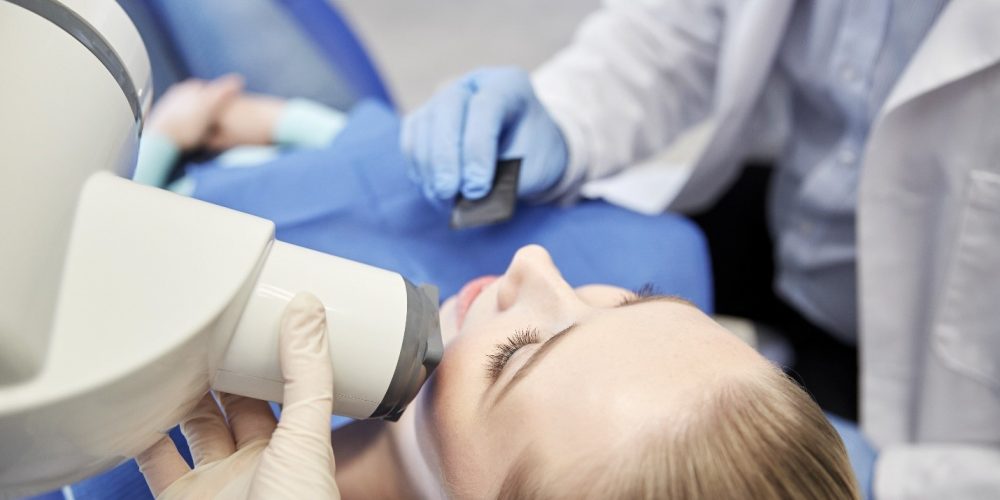Our latest Quick Poll results Participants shows Network dentists are driven by their dedication to improving patient care and keeping up with the latest clinical advancements. However, they face challenges such as time constraints and difficulties with patient recruitment.
Sjögren’s Syndrome (SjS) Quick Poll Results

Highlights
- More than 90% of dentists reported seeing SjS Patients
- 25% reported seeing SjS patients weekly or monthly
- Over 2/3 of dentists recognize the most common signs and symptoms, but only 12% reported enlarged salivary glands.
- 1/3 of dentists coordinate care with SjS patients’ physicians or rheumatologists.
- 75% of dentists agreed or strongly agreed a National Dental PBRN clinical study examining current dental management approaches and oral health outcomes (success/failure) in patients with SjS would be of benefit.
Authors
Rahma Mungia, Gene Watson, Ellen Funkhouser, Melanie Taverna, Thomas Oates, and Cristal Rivera
Introduction and Methods
As a multisystem autoimmune disease, Sjögren’s syndrome (SjS) manifests as dryness of the mouth and eyes, fatigue, and joint pain. With an incidence of 0.5% to 1.0%, it is the second most common systemic autoimmune disorder in the United States (US) (Carsons & Patel, 2022).
Sjögren’s Syndrome is classified as primary (pSjS) when the clinical manifestations occur alone and secondary (sSjS) when associated with another autoimmune disease, most often rheumatoid arthritis. Additionally, the risk of SjS patients developing non-Hodgkin’s lymphoma is increased by 6.5% to 16% and parotid gland marginal zone lymphoma has an increased risk of 1000-fold, highlighting the importance of close monitoring (Hammitt et al., 2017).
The purpose of this study was to assess the knowledge, attitudes, and practices of dentists in managing patients with SjS.
This was a cross-sectional survey with dental practitioner members of the National Dental Practice-Based Research Network in the United States. Network members were invited to participate in an online survey through email and social media channels. Two email invitations were sent to all members: one in the network’s monthly newsletter on November 14, 2022, and one as a follow-up email sent on November 21, 2022. In addition, the Quick Poll was announced on the network’s social media accounts (Facebook and Instagram). The Quick Poll was open from November 14 until December 19, 2022. The page was opened 444 times and completed 156 times.
The survey included five questions: 1). How often they saw patients with SjS; 2) What signs and symptoms they noticed most frequently; 3). What were their recommended management strategies for this condition; 4) Whether they coordinated care with a physician or rheumatologist; and 5) Their interest in participating in a study examining current dental management approaches for patients with Sjögren’s Syndrome.
Results
Over 90% of dental practitioners (141 of 156 practitioners who completed the survey) reported seeing patients with Sjögren’s Syndrome (SjS) in their practices, with 27% (n=42) reporting the occurrence of seeing a patient with SjS as frequently as weekly or monthly. Just under 10% (n=15) of practitioners reported never seeing a patient with SjS.
More than 2/3 of dentists noticed the most common signs and symptoms of SjS:
- 88% (n=124) noticed hyposalivation,
- 74% (n=104) root, cervical, or incisal/cusp tip dental caries,
- 72% (n=102) noticed dry and friable oral mucosa, and
- 70% (n=98) noticed dry and fissured tongue.
Less than 2/3 od dentists noticed the following signs and symptoms:
- 56% (n=79) noticed accumulation of plaque, gingivitis, and/or periodontitis,
- 50% (n=70) noticed angular cheilitis,
- 16% (n=23) noticed traumatic oral lesions,
- 15% (n=21) noticed oral infections,
- 12% (n=17) noticed enlarged salivary glands, and
- 3% (n=4) said other.
When queried about management options, 81% (n=127) recommend saliva substitutes for symptomatic relief of oral dryness, as well as preventive recommendations for supplemental fluoride products (78%, n=122) and dietary/nutritional education (66%, n=103). Over three fourths of dentists 76% (n=118) recommend non-pharmacologic salivary stimulants, but only 20% (n=31) recommended either of the two FDA-approved prescriptions for pharmacologic salivary stimulation in SjS patients.
When asked if they coordinated care with a physician or rheumatologist, 32% (n=45) of the 141 respondents stated yes, 68% (n=96) not actively coordinated care. Importantly, 75% (n=116) of practitioners either strongly agree (28%, n=43) or agreed (47%, n=73) that a National Dental PBRN clinical study examining current dental management approaches and oral health outcomes (success/failure) in patients with SjS would be of benefit.
Table 1. Perceptions of dental practitioners related to dental management of patients with Sjögren’s Syndrome: National Dental Practice-Based Research, 2022.
Conclusions
The findings of this Quick Poll indicate a vast majority of dentists have at least one or more Sjögren’s Syndrome (SjS) patients in their practices; recommendations were primarily dietary, social, or hygiene related, or OTC products. Of note, most dentists do not coordinate care with the dental patient’s physician or rheumatologist, nor do they recommend prescription pharmacologic salivary stimulants. A substantial majority of dental practitioners in this Quick Poll showed interest in a future clinical study. Therefore, a National Dental PBRN clinical study examining current dental management approaches and oral health outcomes (success/failure) in patients with SjS would be of benefit.
References:
- Carsons SE, Patel BC. Sjogren Syndrome. 2022 May 24. In: StatPearls [Internet]. Treasure Island (FL): StatPearls Publishing; 2022 Jan–. PMID: 28613703.
- Hammitt KM, Naegeli AN, van den Broek RWM, Birt JA. Patient burden of Sjögren’s: a comprehensive literature review revealing the range and heterogeneity of measures used in assessments of severity. RMD Open. 2017 Sep 17;3(2):e000443. doi: 10.1136/rmdopen-2017-000443. PMID: 28955493; PMCID: PMC5604724.
Interested in Becoming a Member?




